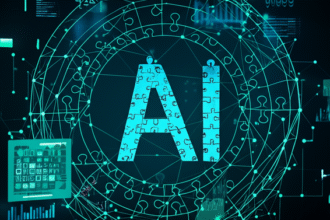The world of data science and artificial intelligence is rapidly evolving, and Anaconda 2025 is at the forefront of these advancements. As organizations seek to leverage data for insights and decision-making, Anaconda provides the tools necessary for data scientists and developers to build, deploy, and manage machine learning models effectively.
What is Anaconda?
Anaconda is a comprehensive distribution of Python and R specifically designed for scientific computing. It simplifies package management and deployment, making it an essential tool for data professionals. With Anaconda, users can manage their data science environments efficiently, handling complex projects that require different library dependencies.
The Significance of Anaconda 2025
The upcoming release of Anaconda 2025 promises significant updates aimed at enhancing data science and AI capabilities. From improved performance metrics to expanded library support, this version is set to address the growing demands of modern data workflows.
Key Features of Anaconda 2025
- Enhanced Package Management: Streamlined processes for adding, removing, and managing packages, ensuring users always work with the latest versions.
- AI-Driven Analytics: Integrated machine learning algorithms that simplify the analytics pipeline from data ingestion to model deployment.
- Collaborative Platforms: New tools enabling teams to collaborate on data projects seamlessly, sharing insights and results in real-time.
- Support for Emerging Technologies: Compatibility with leading AI frameworks such as TensorFlow, PyTorch, and more.
Impact on Data Science Workflows
With Anaconda 2025, data scientists can expect a more intuitive experience that allows for rapid iteration and prototyping of models. The enhancements will make it easier to manage dependencies, collaborate across teams, and integrate with other tools in the AI ecosystem.
Integrating Anaconda into Your Tech Stack
For organizations looking to adopt Anaconda, integrating it into existing technology stacks is crucial. Users can refer to established resources like the Revolutionizing Data Science Automation article on our site to understand best practices and use cases.
Conclusion: The Future of Data Science with Anaconda 2025
As Anaconda 2025 launches, it represents not just a tool but a paradigm shift in how data scientists will navigate the future of analytics and machine learning. By embracing these advancements, professionals can harness the full potential of their data, paving the way for innovations in AI.








